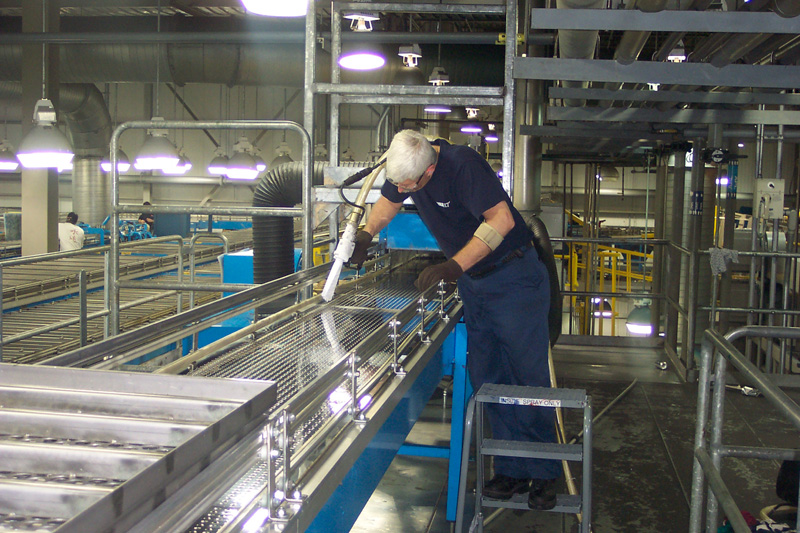Managing day-to-day job execution
Effective inspection can identify defects before they lead to failure. While this is an important aspect of preventive maintenance, it may also indicate shortcomings in the execution quality of preventive maintenance work. When numerous anomalies are detected and require repairs, the number of corrective work orders increases, and the time allocated for preventive maintenance diminishes. This is evident in the percentage of preventive maintenance work orders compared to corrective work orders. Ideally, this metric should be maintained at a minimum ratio of 70:30.

To address this issue early on, proper management of day-to-day job execution is crucial and should be carried out with a detailed understanding. Effective management of the maintenance team’s work involves reviewing job categorization to ensure that the system supports high-quality preventive maintenance with minimal disruptions from the operational demands of running lines.
The first step involves categorizing work orders to track how technicians spend their time. The categorization should be based on the production line’s requirements and demands. The work categories include:

- Inspection
- Preventive Maintenance
- Breakdown
- Interventions
- Setup
The next step is proper work order planning. This process defines who handles what tasks. For a shift system, at least two technicians are required: one to handle interventions and execute preventive maintenance, and the other to focus on running-line work orders. The plan should allocate all running-line work orders, including inspections, machine setup, interventions, and breakdowns, to one technician, allowing the second technician to focus solely on preventive maintenance without distractions. This technician should work in a designated area with a high expectation of quality in preventive maintenance execution.
The final step is to use inspections as a trigger for executing preventive maintenance work orders. If an inspection reveals a defect that cannot be resolved through minor intervention, the preventive maintenance task designed to address that issue should be triggered immediately, even if it is not due according to the schedule. This approach contrasts with the typical practice of initiating a corrective action to resolve the problem. The goal is to ensure that preventive maintenance is performed correctly and that the task list addresses all potential issues identified through failure analysis. If a specific task is missing, the preventive maintenance task list can be updated as a countermeasure to prevent future occurrences.
This method of managing daily jobs focuses on improving the quality of work execution, increasing discipline within the maintenance team, and ensuring focused job execution.
#PreventiveMaintenance #MaintenanceManagement #WorkOrderPlanning #Inspection #BreakdownRepairs #MaintenanceQuality #OperationalEfficiency #JobCategorization #MaintenanceStrategy #TechnicianManagement #MaintenanceExecution #WorkOrderOptimization #FailureAnalysis #MaintenanceDiscipline #PreventiveMaintenanceBestPractices



